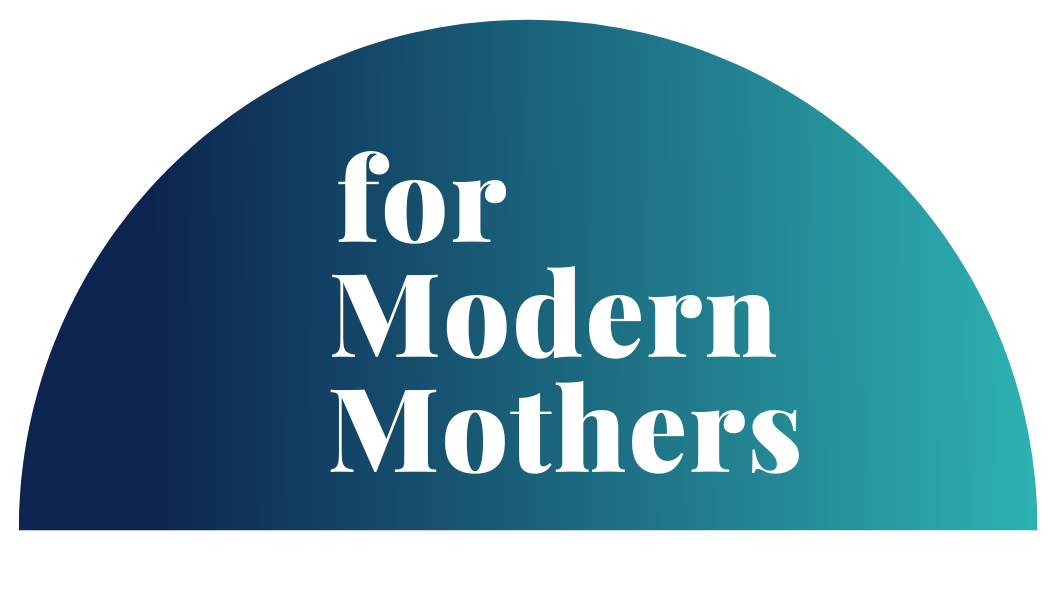D is for Delayed Cord Clamping
D of for delayed cord clamping
When your baby is born, around a third of babys volume blood is still in the placenta and umbilical cord. But it will quickly make it's way to baby via the umbilical cord. Unless of course the cord is cut before the transfer is complete. So delaying the clamping and cutting of the umbilical cord is so important.
These are some of the benefits of delayed cord clamping:
~ Your baby will get 30 percent more of their intended blood volume, from the placenta and umbilical cord (that
can go up to 50% in premature babies).
~ increases the newborn baby's iron storage, which is vital for healthy brain development and there is less chance of
anaemia if you wait to clamp
- Your baby can gain up to 214 grams in the first five minutes following birth if the cord is left unclamped
~ Your baby will have a higher ratio of red blood cells
~ The extra blood at birth helps the baby to cope better with the transition from life in the womb, where everything is provided for them by the placenta and the mother, to the outside world.
~ Babys lungs get more blood so that the exchange of oxygen into the blood can take place smoothly.
~ Results in an infusion of stem cells, which play an essential role in the development of the immune,
respiratory, cardiovascular, and central nervous systems, among many other functions. The concentration of stem
cells in fetal blood is higher than at any other time of life. ICC (immediate cord clamping) leaves nearly one-third of these critical cells in the placenta. Stem cells may also help
to repair any brain damage the baby might have suffered during a difficult birth.
There is a difference in the terms ‘delayed cord clamping’ and ‘optimal cord clamping’. In delayed cord clamping the umbilical cord is left for a minute or more before clamping and the cutting. In optimal cord clamping you wait for cord to stop pulsing completely - so you know that all of babys blood has all moved from the placea to to baby. Opitmal is well, the optimal.
Here’s what an umbilical cord looks like after it’s left to stop pulsing and transfer baby’s blood from the placenta to baby. From the ‘Wait For White’ website.
Is delayed cord clamping possible after a caesarean birth?
Yes it is possible - depending on why the need for the caesarean was. If baby needs to urgently go to special care and needs separating from the cord immediatley after birth then it may not be possible. But if this is not medically necessary for baby to be separated, then yes it can happen in theatre, and it’s really normal for this to happem. It is often now in UK hospital trusts caesarean birth guidelines. But still put your choice in your birth preferences / birth plan anyway.
Is delayed cord clamping possible for pre term or premature babies
- yes, in many cases even more important, as these babies need to stabilise their levels even more quickly and it will take these (usually) smaller babies a lot of energy to rebuild their blood volume to 100%. In premature babies, early clamping and cutting of the cord leads to a lower chance of survival. Of course if a baby needs to urgently go to a NICU or SCBU unit for a specific medical concern for them then again it may not be possible. But early cord clamping should not simply happen just because of the gestational ago of a baby.
What goes a ‘clamp’ look like?
It’s a plastic clip that looks something like this image on the left, they are provided by your midwife / the hospital. They can be pretty awkward when you are changing your babies nappy in the first week or so (after that time the cord stump usually dries up and the cord stump will detach itself - a cool keep sake!).
Alternatively you can use a crochet cord tie - but you’ll need to buy one and take it with you to use. These are way less bulky, and also look cuter too. You can but them for a few pounds on etsy, or make one yourself if you’re talented.
Do you have to clamp and cut the cord?
No. You another option you have it to leave the placenta attached to your baby and not cut the umbilical cord at all - this is know as a ‘lotus birth’. You will need to carry the placenta around attached to your baby for a week or so until the cord naturally detaches though. Here’s an image showing baby and placenta still attached together.
For more information
Find lots more evidence based information on the brilliant Wait for Wait website here. And you can read more about all the research on Dr Sara Wickhams website about delayed cord clamping here too.
And if you want more of this knowledge and information, to be able to make the choices that are right for you (and know all the choices that you have), to learn so many techniques and tips that can empower you and your birth partner to have the best possible birth for you, then do come along to one of my monthly no BS complete Hypnobirthing & Antenatal Courses
It really can make so much difference to having an empowered birth experience
Susan x





